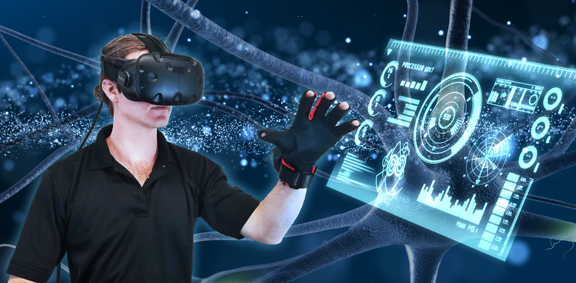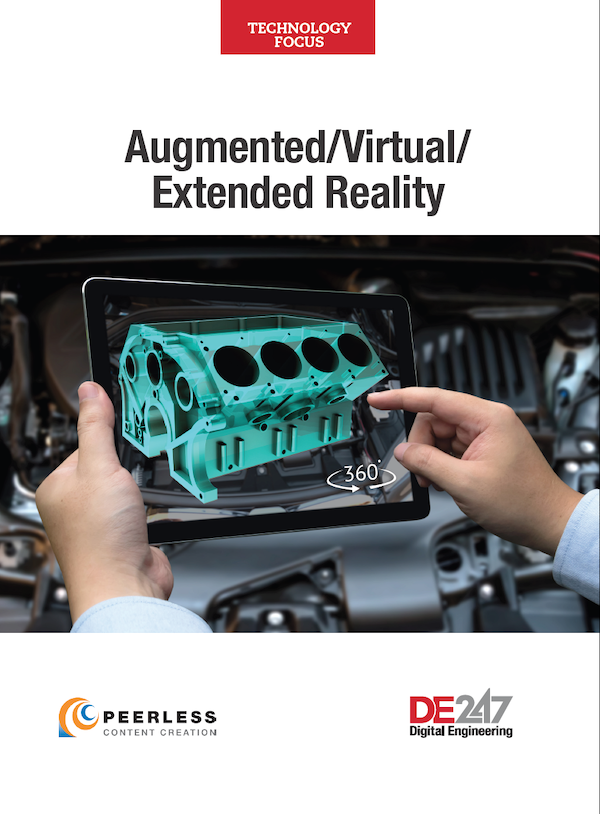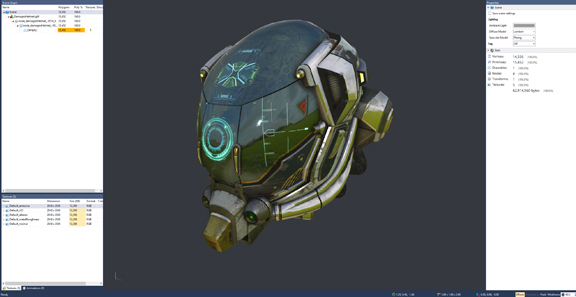
Days before SIGGRAPH 2018, Worldviz launches Vizard 6 for VR development (image courtesy of Worldviz).
Latest News
August 9, 2018
In advance of SIGGRAPH 2018 next week (August 12-16, Vancouver, BC), Worldviz is launching Vizard 6, a new version of its Python-based VR development platform with support for glTF.
glTF (GL Transmission Format) is a 3D scene description format developed by the Kronos Group and distributed royalty free. Touted as the JPEG of 3D, the format is supported by many industry titans, including Autodesk, AMD, NVIDIA, Oculus, and Blender.
“With an embedded Python interface, the user experience [of Vizard 6] is friendly, straightforward, and open, which means users don't have to be a computer programmer to get started,” according to Worldviz's announcement.
“Vizard lets users take advantage of open source Python libraries that are widely used by the research community, and supports a range of hardware peripherals and tracking tools that aren’t needed in the games and entertainment world,” says Andrew Beall, CEO of WorldViz.
More AR-VR Hardware, More Formats
In creasing hardware compatibility, Vizard 6 adds supports for “all Windows Mixed Reality headsets and a number of new peripherals, including the Manus VR Gloves, and Tobii eye-tracking hardware. These new devices have been added to HTC Vive, Oculus Rift, and the 150 + peripherals, trackers, biofeedback monitors, and display types (including headsets and CAVES) that Vizard currently supports with its unique, proprietary and fully integrated VizConnect software tool,” the company states.
Support for glTF is expected to accommodate working with scenes and objects authored in engineering-friendly design software programs such as Revit, Solidworks, Maya, Blender, SketchUp, Substance Painter, Modo.
It also lets Vizard users work with readily downloadable 3D content from sites like Sketchfab, uploaded by professional modelers and community members.
For those interested in developing collaborative design review and ergonomic tests in AR-VR environments, the following new functions in Vizard 6 may be noteworthy.
- Added support for building collaborative, multi-user VR settings.
- New VizConnect presets with one-click access to a variety of new hardware setups.
- Real-time data streaming of full-body tracked data using Vive Trackers.
In recent SIGGRAPH shows, AR-VR booths and demos occupy a prominent position, indicating the professional market's increased appetite for such content and systems.
Subscribe to our FREE magazine, FREE email newsletters or both!
Latest News
About the Author
Kenneth Wong is Digital Engineering’s resident blogger and senior editor. Email him at kennethwong@digitaleng.news or share your thoughts on this article at digitaleng.news/facebook.
Follow DE






